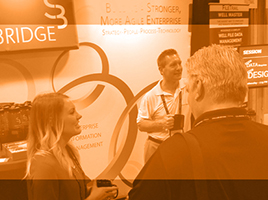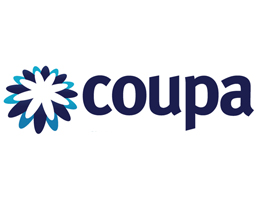Purchase and implementation of any new software can be costly. Here are a few ways to streamline processes and cut unnecessary expenditures, resulting in a lower ERP cost for your organization.

Choose the right deployment
Many of today’s ERP systems can be ‘purchased’ on a rental arrangement known as software as a service (SaaS). In the vernacular, your ERP resides in the ‘cloud’ – the software is licenced on subscription basis and is centrally hosted. There is little or no upfront cost to be paid and you can begin loading your data immediately. You don’t need a dedicated server and operational costs such as backup and data security are provided for you. One predictable monthly fee is all you pay, which often results in lower total cost of ownership.
Many open source ERP systems are also available – the source code for these can be copied and used at low to no cost. If you have the development talent required then this is an excellent way of keeping your ERP costs down.
Watch the number of licenses
Whether you use an on-premise ERP or choose to work in the cloud, you will agree to use a certain number of licenses. Don’t add up the number of users. The licenses are concurrent so think about the highest number of people who might need to log on at the same time. You could have 100 users but only 25 licenses and your ERP will work to everyone’s satisfaction. Look for limited licenses too. An ‘MES only’ license might allow a user to enter transactions such as PO receiving or time and quantity completed on a production job but not updates such as a new sales order.
Follow a defined process
Implementing an ERP isn’t something most of us do every day. Find a process that another company used or ask your vendor for help. This will set you up to do everything in the right order and ensure you don’t overlook important steps.
Only get the modules you need now
Most ERP systems are sold as packages of modules to fit your needs. If your business is all cash in advance, an accounts receivable module will not provide any benefit. Maybe your business will need an advanced quality module to meet your needs but you are not yet ready to use those features. Wait until you are ready and add it to your agreement at that time.
Avoid customization where possible
You look over the process flow in an ERP you are considering and think it doesn’t flow the way you are used to. Think again. A lot of users around the world use that flow and most of them are likely happy. The developers who wrote the software used some world-class models. Give the software a try before any customization. You could find it gets to the same result quicker via a path you never considered.
Train the trainer
Training your users is a substantial cost in implementation. While you cannot avoid that training, you don’t have to use your ERP provider for all the training. Get a few of your own people trained well. Then use them to train everyone else. They know their students already. They will learn the systems at a deeper level as they become trainers.
Author: Tom Miller






